Performance Sailtraining
For all Participents of the Performance Sailtraining in English during the Winter, this should be an overview on what the Training is for.
We sail with a Archambault M 34, which is a 34 Foot Racing Yacht with all Sailtrimm, Racing Sails and Elektronic. Always going fast and work on the best VMG. The Boat is based in Real Club Nautico in Palma at the Muelle Principal next to the Club House. You are always welcome to past by and have a look.
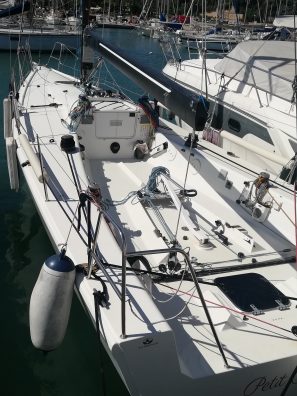
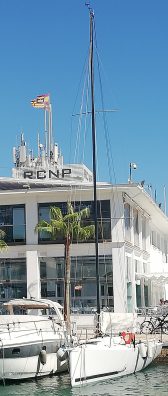
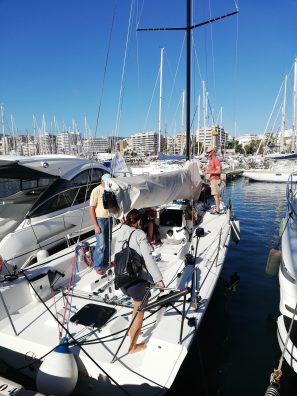
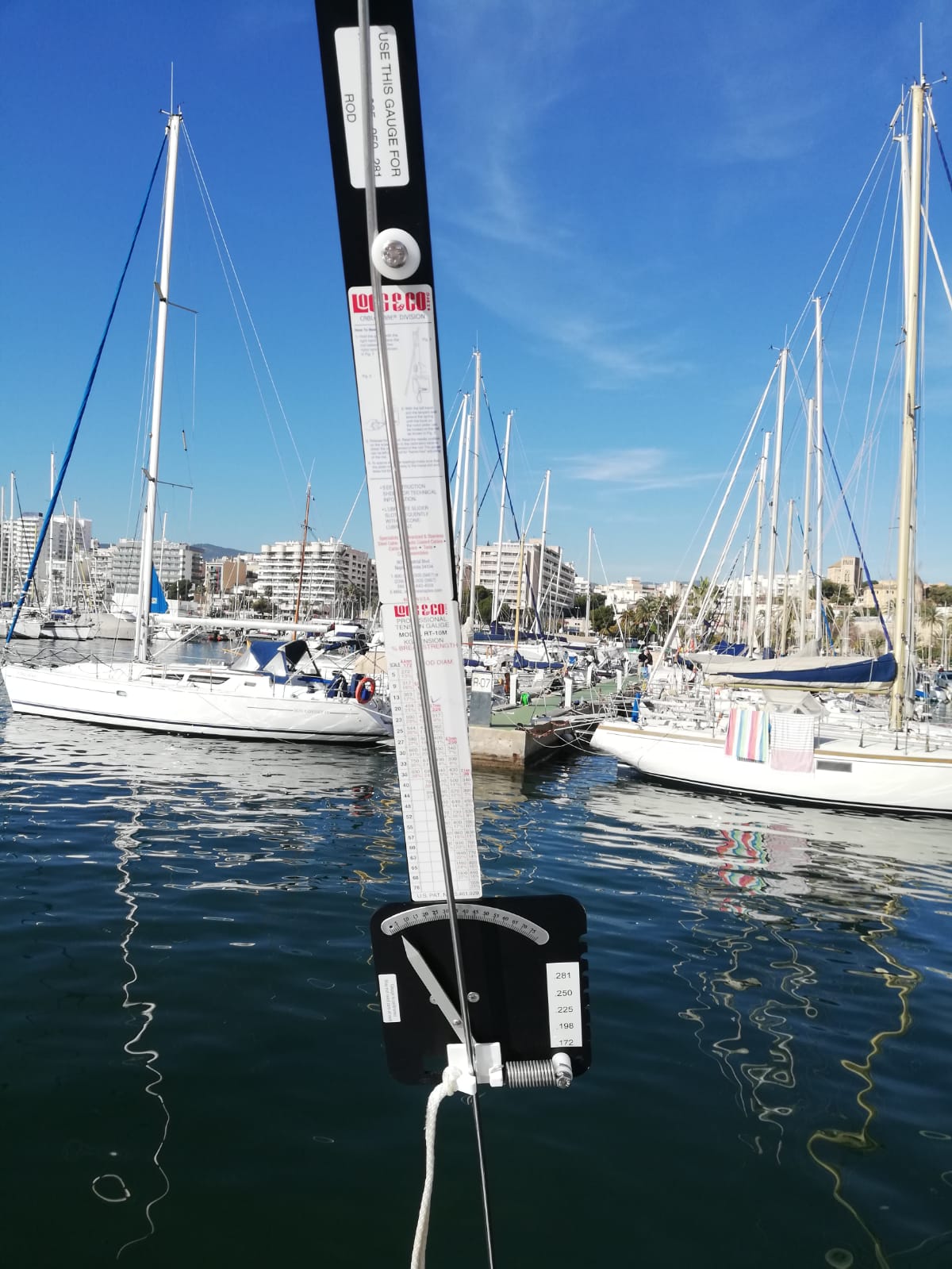
Improve your Skills
If you like to sail fast and improve your Skills, than you should book the Performance Sailtraining with Oliver Ochse. Saturday and Sunday from 11 am to 5 pm on the Weekends during the Winter in Bay of Palma de Mallorca. You should be familiar with basic Terms and Manouvers in Sailing, but don t need Racing Experience to take part.
We go for the Basic Positions on a Racing Boat from Bowman to Helm, including all Sailtrimm with brand new Racing Sails from One Sails Palma. Petit Chasseur has all Trimm Equipment to go fast and we always optimize for the best VMG on Up & Down Sailing.
During this Performance Training you can ask all your Questions and try to go yourself for the moves you havend done before. Of course also the Helm is including. The Cost for the 2 Days Performance Training is 100€. This money is to share all the Costs of this kind of Training including Marina fees and Fuel.
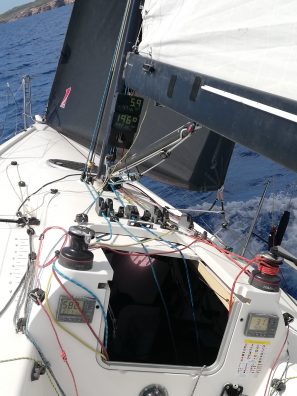
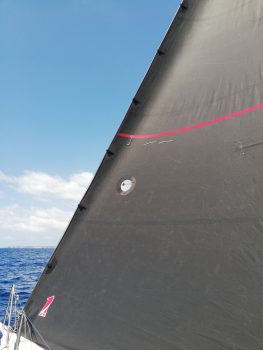
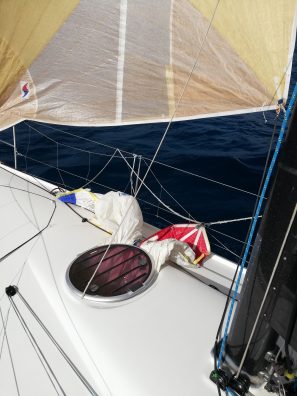
Performance Training Dates 2022
Ask for availibility and Price through my E Mail Adress: Oliver@Segelberater.com and book the next free Spot for your Sailtraining on "Petit Chasseur" Also WhatsApp on +34 629535608 or Facebook.
- November Performance Sailtraining: Try new Position. First Time on the Bow. Prepare the Kite. Helm and Mainsail Trimm.
- December
- ..... tbc
What we do
Look at this Videos and see the movement of the Crew during the Tack and a Kite hoist. There is always improvement possible of course, and that is what we do 🙂
J 70
Similar Boats as the J 70 or the Melges IC 37 and a little bit of TP 52 Class 🙂 It s about the generell Trimm on the Sails and Kite Manouvers. Have a look on theses Videos and be prepared for your first Racing Days:
Sail Trimm and Kite Manouvers
Kite Manouvers on the smaler Boats like J 70 is more less similar to Petit Chasseur. Biggest difference is the Jib Handling and Mainsail Trimm as it s much bigger and more Squaretop Main and more Work on the Inhouler of the Jib compared with the up and Down of "Jib Car " instead of forward and backwards. The Result is the same.
The Next Videos are about modern Sailtrimm and dont forget to watch the "BEN HUR" Position!!!!
Tips from the Pro of North Sails
Downwind Sailing on Melges 32 or Similar Boats
Be sure to power up the mainsail when sailing downwind, except when it is windy! Ease
off the cunningham, outhaul, and backstay. Adjust the vang so the top batten is open
and the tell tale is flowing. A softer vang is fast, especially when you can reach.
Remember to let off the vang while rounding the weather mark, as well as any
cunningham. This will allow the helm to get around the mark with more ease.
KEEP THE CREW ON THE RAIL TILL THE BOAT FLATTENS OUT!
Have a forward crew sight up the mast to check the mast bend and backstay tension. In
light air keep the crew weight low and forward until you are planing downwind. As you
begin to plane you need to start moving the weight aft in the boat. The windier it gets
the more you need to move the weight aft to get the bow up and free up the rudder.
Above 11 we leave the jib up off the wind and trim it to a soft trim as to not effect the
trim of the spinnaker. When you can plane keep the backstay on at least to 75%, keep
the vang soft, ease the outhaul, let the traveler all the way down and get everyone to the
back of the boat except the bow and the trimmer forward of the traveler, everyone else
behind the traveler.
Asymetric Kite Setup
When setting up the spinnaker gear, be sure that the tack line goes over the lazy sheet
(the sheet going to the opposite side of the boat). This ensures that the spinnaker will
gybe to the inside, between the head stay and the luff of the spinnaker as opposed to
around the outside of the luff of the spinnaker and in front of the boat. We have found
that hoisting out of the forward hatch is the most efficient method. We have also found
that a retrieval line can be helpful with the speed of the douse, especially a leeward drop
but requires some extra house keeping.
Kite Trim
Like all spinnakers, the spinnaker sheet should be eased until the luff carries a slight
curl. The real trick to flying the sail and having the best downwind performance is to
maintain constant dialogue between the skipper and trimmer to keep pressure in the
sail without sailing too high and losing sight of VMG (velocity made good to the mark).
As a general rule the boat sails downwind at 125 degrees to the true wind, jibing through
90 degrees. As the breeze builds, it is possible to sail deeper angles while maintaining
good speed. In planing conditions, keep the boat powered up. Planing and loosing 10
degrees of depth far exceeds displacement sailing. Remember, when sailing in the deep
mode, to heel the boat to windward and ease the sheet out. This rotates the chute out
from behind the main’s wind shadow, exposing maximum sail area to clear air. Keep the
vang soft generally downwind. Any time you can plane, do so. Be aggressive on crew
placement aft. Have any non-essential people aft of the helm. Experiment with this a bit
and you will quickly get the “Feel” for how you can steer without having trouble with
sight and fouling the rudder.
Setting the Kite
First Step is to prefeed the Foot / Tack of the Kite to the End of the Spinnaker Pole. A Mark on the Tack Line secures the Pit a fully set Tack until the End of the Boom. Then the Bowman set the Kite at the Mast. Again a Mark on the Halyard shows the fully up Kite.
Gybing the Kite
There are two different styles of gybes that we utilize. The first one and by far the most
popular is called the “pre gybe”. This gybe works best in lighter winds, breeze under 14
knots or so. This gybe is performed by bearing away to dead down wind and holding
course while the crew pulls the new sheet around and once the clew of the kite reaches
the windward shroud the helm turns through the gybe. The kite will fill before the boom
goes across, this is a good VMG gybe.
In heavier air, when you are planing and you have the jib up we found it is best to do a
“mexican gybe” To do this gybe you have a trimmer on each spinnaker sheet, the helm
turns right into the gybe fairly aggressively, the trimmer over trims the kite to strap the
foot, the kite loads up on the new windward side of the boat once you turn through the
wind, the trimmer blows off the sheet and the new sheet is trimmed rapidly. The helm
has to come out of the gybe slightly low of the proper angle and then as soon as the kite
fills heads up to accelerate. The jib must be up to perform this gybe and you need to
have someone gybing the jib to prevent spinnaker tears. When you do this gybe
correctly you go from planing on one gybe to planing on the other gybe much quicker
than with the pre gybe.
Kite Take down
The three take downs you need to master are the windward, leeward and Mexican take
down.
With the windward take down, the helm heads straight down wind, the pit eases the
take line off at least 10’ to unload the kite, the trimmer and foredeck pull the kite around
to the port side, one person goes down the leech, one person pulls in the foot keeping it
inside the bow pulpit, and then the sewer sucks the kite through the hatch.
With the leeward drop the helm bears away, the retrieval line is pull in to gather the foot
inside the lifelines, halyard eased off 15’, then tack off when the bow calls for it, and
another person controlling the aft section of the sail. It is important for the pit to be
aware of the kite at all times so they do not drop the sail in the water. Try to avoid this
drop as it is the hardest to do safely.
With a Mexican take down, you set up at least 3 boat lengths above the layline,
preferable 4, you come in and when you do your final gybe to round the mark, you over
trim the foot of the kite as the back of the boat gybes, do not gybe the kite, blow the
halyard off as the kite is backing into the rig and suck the kite through the hatch.
On all take downs it is best to have the bow person control the foot and tack, another
person at the mast controlling the leech, the sewer sucking the sail through the hatch
and the pit controlling the halyard, tack line and bow sprit